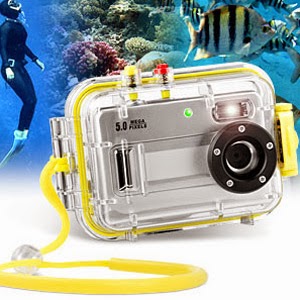Cameras for Kids
We live in a digital age in which our mobile devices are capable of capturing high-quality images. But remember when a camera was just a camera? With all due respect to technology, let’s ensure that the children of today and tomorrow grow up understanding and appreciating cameras in their own right. There are future artists and perhaps future legends among them, and we want to nurture their gifts... READ MORE












